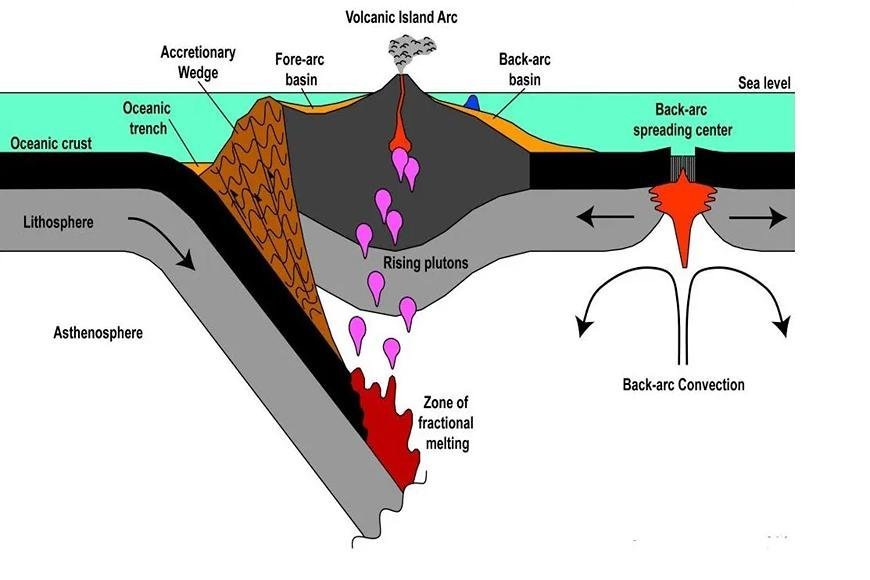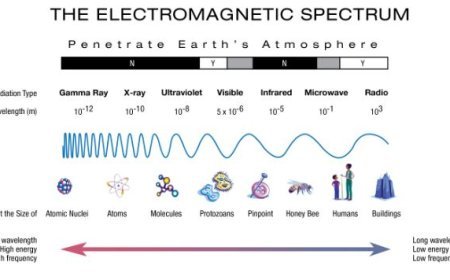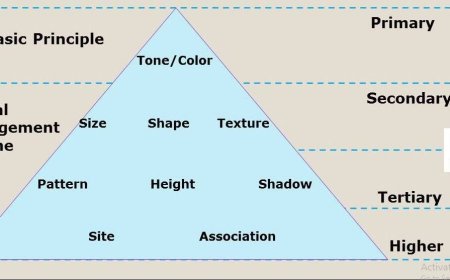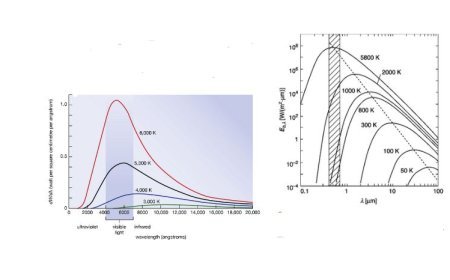ISLAND ARC FORMATION
Oceanic plates dive under others, creating volcanoes and island chains that rise above the sea.

ISLAND ARC
- Volcanic island arcs are important formations of ocean basin characteristics.
- They are long, curving volcanic island chains located on basin borders.
- Their form is an essential aspect. They are generally concave toward the neighbouring continent and convex toward the ocean basin.
- On the ocean basin side of the arc, a deep trench exists.
- A trench is a long, narrow, and deep topographic low in the ocean bottom that is often found at a converging plate boundary.
Mariana Islands
- Island arcs are generated when one oceanic plate subducts beneath another.
- A plate moves when it goes under another plate. This is called subduction.
Formation of an Island Arc
- Plate tectonics is responsible for the genesis of island arcs.
- The bulk of island arcs are found in subduction zones between two plates in the oceanic lithosphere.
- The lithosphere is made up of the hard crust and the topmost mantle.
- The following are the stages of formation:
- Subduction commences as the slab begins to fall into the mantle.
- When the subducting slab reaches around 100 km, it is heated enough for all volatiles, or dissolved components such as water, to be discharged into the overlying mantle.
- Volatiles cause partial melting in the mantle, resulting in magma.
- The magma rises to the surface, underplating the overriding plate's oceanic crust and forming an island arc.
What's Your Reaction?



































